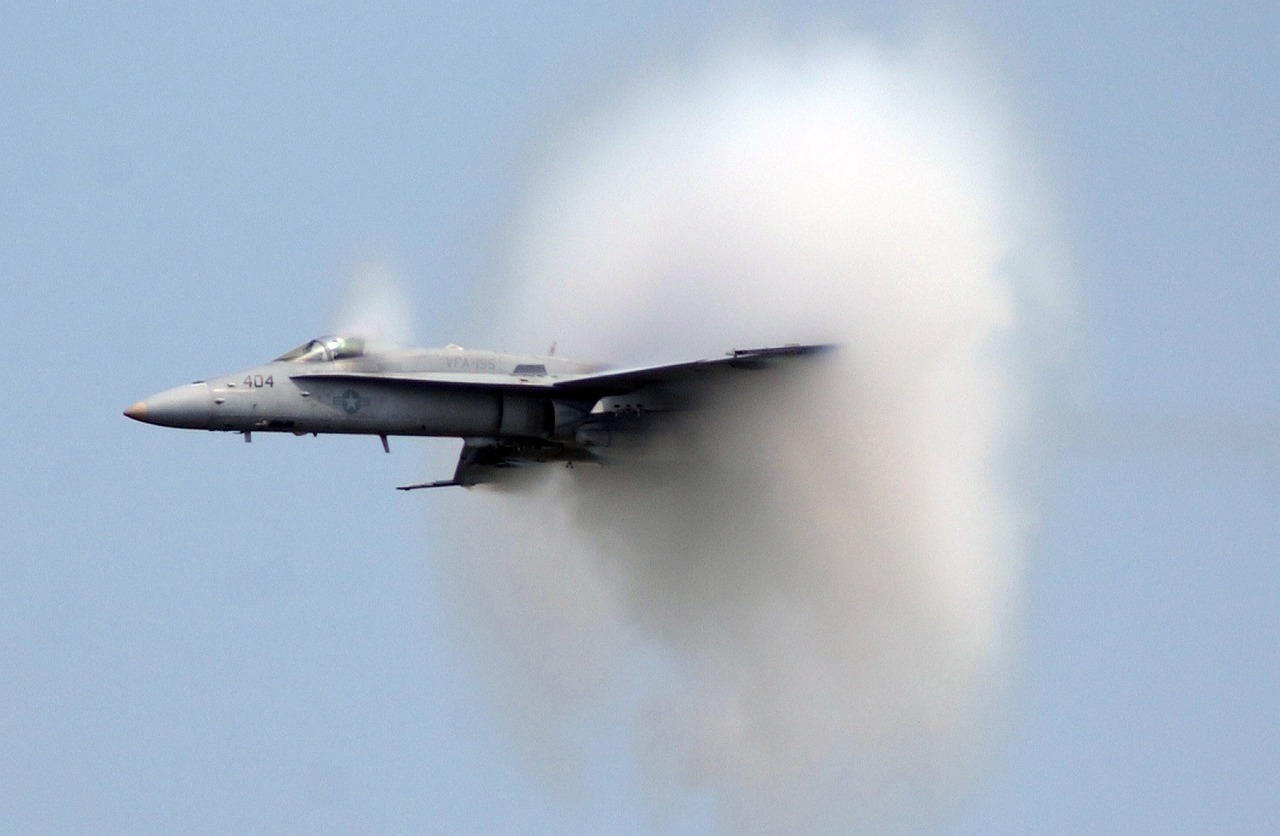This post is also available in:
 עברית (Hebrew)
עברית (Hebrew)
China’s scientists have developed a new groundbreaking material that can resist temperatures up to 4,000 degrees Celsius without melting or losing shape. It was tested encasing the surface of a waverider aircraft.
This development could enable China to manufacture hypersonic aircraft that travel longer and faster, and signals a turning point in the battle for hypersonic technology with America, especially when the US is still grappling with thermal issues of its hypersonic tech.
According to Interesting Engineering, hypersonic weapons (compared to conventional ballistic missiles) reach speeds greater than five times the speed of sound, and both the US and China have made big bets on it. PLA’s (People’s Liberation Army) program is focused on developing two types of machines: hypersonic missiles designed to deploy conventional or nuclear warheads and hypersonic aircraft suitable for reconnaissance, strike, or transport operations.
US hypersonic makers in the meantime are lagging behind, mainly struggling with thermal damage. The study notes: “The fundamental remaining challenge includes managing the extreme heat that hypersonic missiles are exposed to by traveling at high speeds in the atmosphere for most of their flight.”
“Shielding hypersonic missiles’ sensitive electronics, understanding how various materials perform, and predicting aerodynamics at sustained temperatures as high as 1,650 degrees Celsius require extensive flight testing. Tests are ongoing, but failures in recent years have delayed progress.”
Chinese researchers claimed last year to have created the “world’s first” hypersonic detonation wave engine, which can propel a jet at Mach 9, nine times the speed of sound, using inexpensive jet fuel. China’s military has a huge arsenal of hypersonic weapons, some of which are meant to strike long-distance moving targets with higher precision and maneuverability.
The Chinese military scientists noted in the paper that the main concern and challenge was the problem of heat protection at high temperatures.
The team is reportedly building a high-tech platform designed to withstand extreme temperatures while flying over 3,000 seconds in conditions as high as 1,650 degrees Celsius. The operational method is currently unknown, but involves techniques like surface polishing, adding special materials, redesigning structure, and use of heat for propulsion.


























